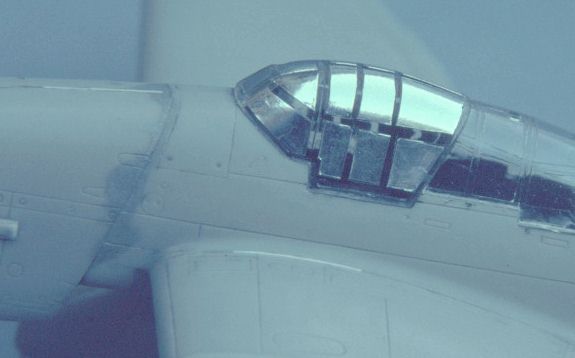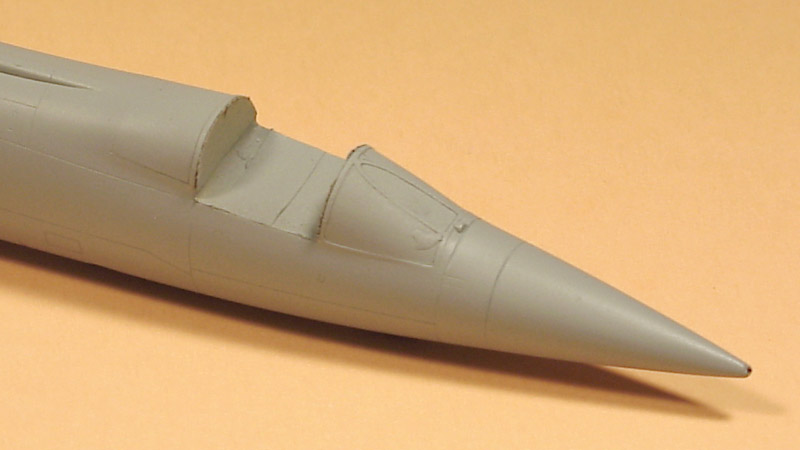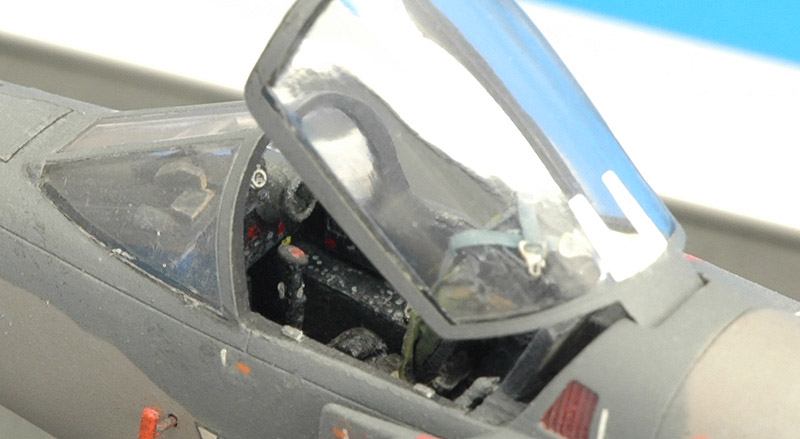
| To mask aircraft canopies, I always use Cheap Chocolate Foil instead of Bare Metal Foil. Apart from its low price, I think it has the perfect adhesive strength for this particular task, compared to the strong adhesive of BMF. Since it is pretty difficult to describe CCF in words, I made the following photo report. Credits for the use of CCF go to my modeling friend Eric Verschuur.
Note: I made this page in 2004. It seems that chocolate foil has changed in the mean time, and most brands are no longer useable for this purpose. No guarantees! |








